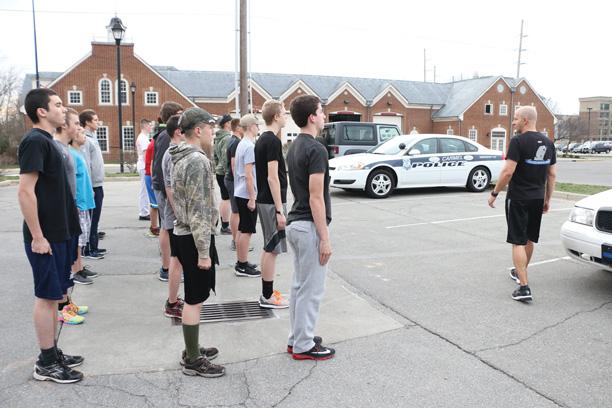Seventeen years ago yesterday, a grainy image captured on a 1999 surveillance camera froze a moment in history that marked the beginning of a new era in American schools. The picture showed Eric Harris and Dylan Klebold, both seniors at Columbine High School in Colorado, standing in their school cafeteria, their hands gripping guns. Just minutes away from committing suicide after killing 12 students and one teacher as well as injuring 21 people, the two high schoolers had no idea what the repercussions of their actions would be, both on fellow teens across the country and their own families.
 In February, Sue Klebold, mother of Dylan, one of the shooters, released her memoir, A Mother’s Reckoning. In it, she reflects on how she coped with the aftermath of the terrible tragedy that her son caused and what could have been done to prevent it. Klebold’s life changed forever after Columbine, causing her own mental and physical health to decline, but after a battle with breast cancer, Klebold devoted herself to suicide prevention. She wrote this memoir to educate people about mental illness and how it can, if undetected or untreated, cause very tragic events to occur.
In February, Sue Klebold, mother of Dylan, one of the shooters, released her memoir, A Mother’s Reckoning. In it, she reflects on how she coped with the aftermath of the terrible tragedy that her son caused and what could have been done to prevent it. Klebold’s life changed forever after Columbine, causing her own mental and physical health to decline, but after a battle with breast cancer, Klebold devoted herself to suicide prevention. She wrote this memoir to educate people about mental illness and how it can, if undetected or untreated, cause very tragic events to occur.
Senior Wes Kidwell, member of the Explorers program at CHS, a group for students interested in going into law enforcement, reflected on the Columbine shooting, attempting to look at it from the students’ perspective.
“I think, in a way, Columbine was not only an absolute tragedy, but it was a way of expression for the individuals that took out that horrific act,” Kidwell said.
The causing of harm to others was an expression that seemed to set an example for many students in subsequent years.
In the 17 years following the tragedy at Columbine, the United States has seen 270 attempted school shootings—52 of them in 2015 alone according to ABC and RT News. The persistence and increased frequency of these shootings has caused schools across the country, including CHS, to take a closer look at the causes for violence and drastically change their strategy for keeping students safe.
Amy Skeens-Benton, assistant principal and head administrator in charge of school safety, said she has seen the progression firsthand from before Columbine, the deadliest high school shooting in history, to now.
 “(Before Columbine) we never ever worried about someone doing that. When I was in my classes, I was concerned about student violence like a student getting angry and taking it out on the teacher, but I never comprehended the idea that someone would just shoot and randomly kill people for essentially points like a video game,” Skeens-Benton said.
“(Before Columbine) we never ever worried about someone doing that. When I was in my classes, I was concerned about student violence like a student getting angry and taking it out on the teacher, but I never comprehended the idea that someone would just shoot and randomly kill people for essentially points like a video game,” Skeens-Benton said.
Prior to Columbine, the intruder-response program in place in 1999 was based on prison lockdowns, used when a prisoner would escape his cell. The procedures included keeping everyone in the building, locking the doors and staying put. Skeens-Benton said this method proved completely inappropriate in a school setting. In multiple examples of school shootings, such as at Virginia Tech in 2007, this method resulted in many more deaths than if students were told to escape or defend themselves.
In response to these incidents, schools have adapted their security protocols. For example, a few years ago, CHS became the first high school in Indiana to adopt the Alert, Lockdown, Inform, Counter, Evacuate (ALICE) program. This procedure, now very familiar to students in the Carmel Clay School System, involves a much more proactive response. Information is given over the loudspeaker of the whereabouts of the intruder and students and teachers have a choice of whether to stay put or run out of the building. Students can also protect themselves by barricading the door and, if the intruder enters a room, throwing heavy objects at the intruder.
Skeens-Benton said, “We were afraid that kids would be scared by our drills, and what we found out was that they were more scared by the whole traditional lock-down drill than they were with the new drills, because the new drills empowered them and made them feel like there was a way to get out, that they had some control.”
School resource officer D.J. Schoeff said empowerment is the most important aspect of the new safety procedures.
“If you look at all the school shootings that have happened across the country or across the world, the majority of them, when they are faced with conflict, when they are confronted in some way, they often stop, because that’s not their plan,” Schoeff said. “They don’t plan on a confrontation, they don’t want a confrontation, which is why our ALICE program is so effective.”
Explorer and junior Tyler Bickel said he agreed that the new drills put students more at ease because of the power they give to the students to defend themselves and get out the of the situation. However, Bickel and Kidwell said they were both skeptical of how seriously students take the drills.
“I mean, everyone should (take the drills seriously), but you know, the typical high school student is here as long as they need to be not because they want to be. It’s like watching those videos in driver’s ed and thinking, ‘Oh, that’s never going to happen to me,’” Bickel said.
 Schoeff said he worries students will not be mentally prepared if an incident was to happen. He equated it to flying an airplane; no one really knows until they’re in that moment how it’s going to go.
Schoeff said he worries students will not be mentally prepared if an incident was to happen. He equated it to flying an airplane; no one really knows until they’re in that moment how it’s going to go.
In addition to an updated intruder drill, CHS recently won an award in July 2015 from the National Center for Spectator Sports Safety and Security (NCS4) for after-school safety. This award not only recognized the visible procedures at CHS but also much more, according to Skeens-Benton.
“There’s stuff that goes on behind the scenes that Like for Homecoming, we do a full campus sweep so we have the police come out and sweep the entire outside grounds before we even release students out,” Skeens-Benton said.
CHS also requires that every adult who works with students including coaches, custodians, cafeteria workers, bus drivers and even people who take tickets at sporting events, be trained to respond to situations that involve students’ safety.
 Sergeant Phil Hobson, superviser of all resource and uniformed officers at CHS, stressed the importance of taking the practices used during school and using them at after-school events.
Sergeant Phil Hobson, superviser of all resource and uniformed officers at CHS, stressed the importance of taking the practices used during school and using them at after-school events.
“We have a lot of very important events that occur at our facility that are after-hours and we have an obligation to really look at those, and are we are providing adequate training to the people running those events,” Hobson said.
Although plans and procedures can prevent disasters from spreading, preventing tragedies from happening in the first place is just as important to police officers Schoeff and Hobson. According to them, understanding the causes behind the school shootings such as mental health and gun access remain key to helping police officers prevent violence in schools.
“The freedom we have in our country is such that we have so much free will that people can make decisions that impact other people, and we really can’t do much about it until after it’s done,” Schoeff said. “ I believe that our issue of violence in our society really has little to do with violence or weapons or whatever. I think it has everything to do with mental health.”
Hobson said he constantly worries about all the kids who are hurting.
“I think there are a lot of people that are in pain for various reasons, and another quote I like to tell kids about is ‘every single person you meet is fighting a battle that you don’t know anything about,’” Hobson said. “I always worry about kids who are in crisis because a lot of times the way they deal with that is through self-harm or attempting to complete suicide or trying to hurt other people; so I really try to be in in tune to working with our students and our staff to saying ‘hey, let’s really take a look at each other and let’s treat each other with care’, and if we know something, (say something).”
According to NPR, all profits made from Klebold’s book are going directly to research and charitable foundations focusing on mental health issues.
 While Schoeff’s and Hobson’s jobs include the usual school resource duties such as staff training, responding to theft and child abuse and neglect cases, according to both officers, the most important responsibility they have is building relationships with students and staff. Schoeff compared his own high school resource officer to what he tries to accomplish in his job daily.
While Schoeff’s and Hobson’s jobs include the usual school resource duties such as staff training, responding to theft and child abuse and neglect cases, according to both officers, the most important responsibility they have is building relationships with students and staff. Schoeff compared his own high school resource officer to what he tries to accomplish in his job daily.
“He was more of a mentor to us. He actually motivated me to do what I’m doing today. He wasn’t a disciplinarian, he wasn’t yelling at us for silly things. He was just real with us,” Schoeff said.
Identifying kids who are hurting and getting them the support and help they need so that they don’t harm themselves or other people is one of the things that relationships between students and officers can help to do, Hobson said. Schoeff also referred to the fact that in a student-police officer relationship, it’s the possible disappointment of the officer that sometimes prevents students from making bad decisions.
“It’s to help with that whole society effect of getting good rapport between students and officers, getting that comfortable feeling of having officers around your daily life,” Bickle said. Kidwell and Bickle both said that if they ever worked in schools as police officers, building relationships would definitely be a large part of how they would prevent violence.
Despite the frequency of school shootings today, Bickle and Kidwell both said they feel very safe on campus, and Hobson praised the student body here for its valuing school safety as much as they do. However, as Bickle said, there is always a chance something could go wrong.
With the constant threat of safety in a school where hurting students easily can go unnoticed, safety administrators are persistent in their attempts to better our response to intruders and simultaneously prevent at-risk students from falling through the cracks of support systems. Hobson said, “I think that in Carmel schools, specifically, I truly believe we lead the way in how to be proactive and encourage our kids, and help people understand that we’re not just going to take it.”













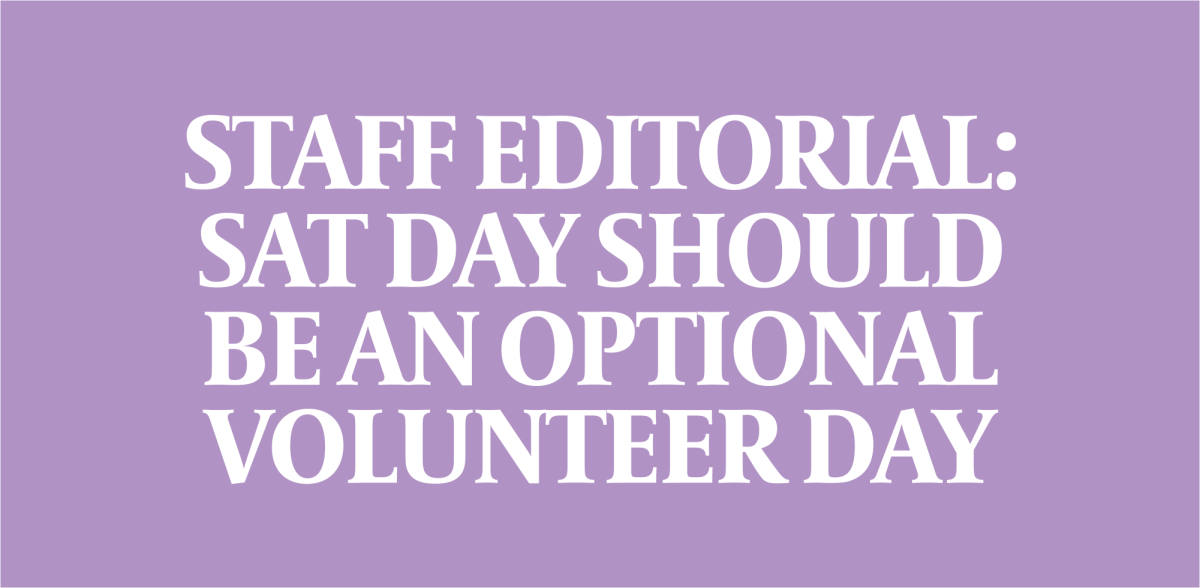


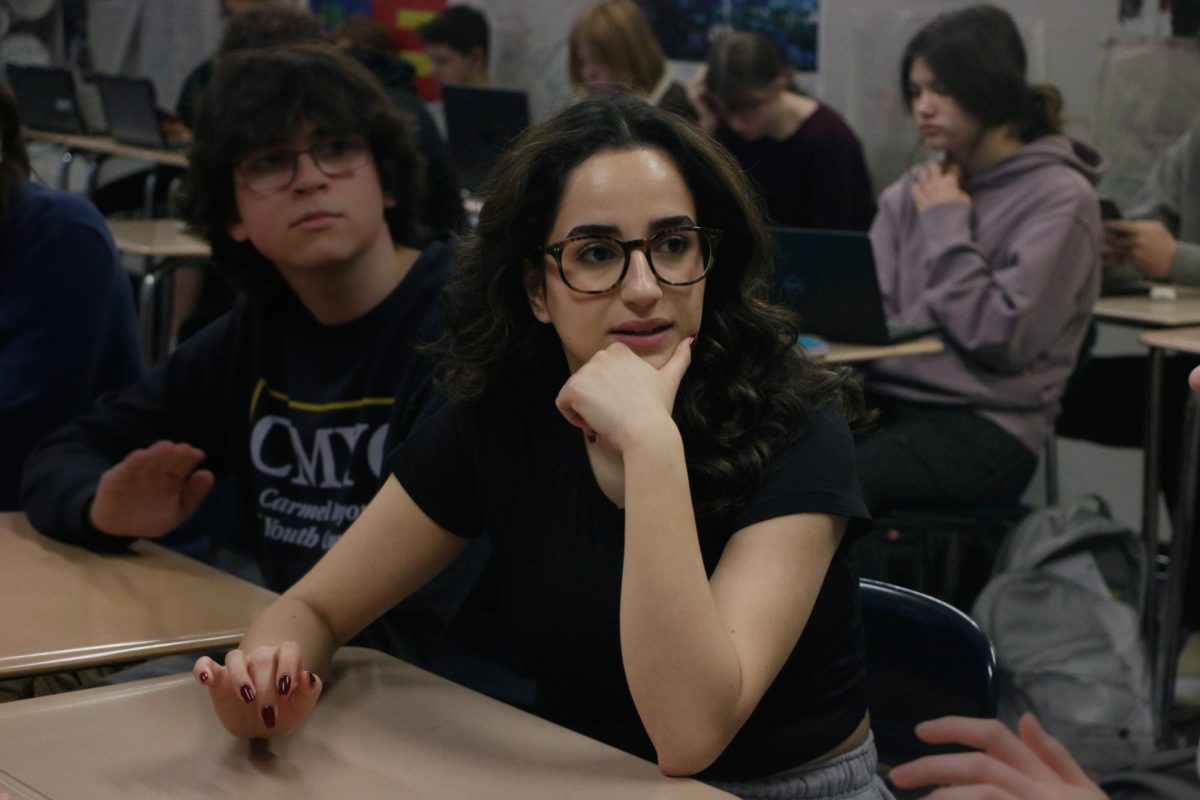

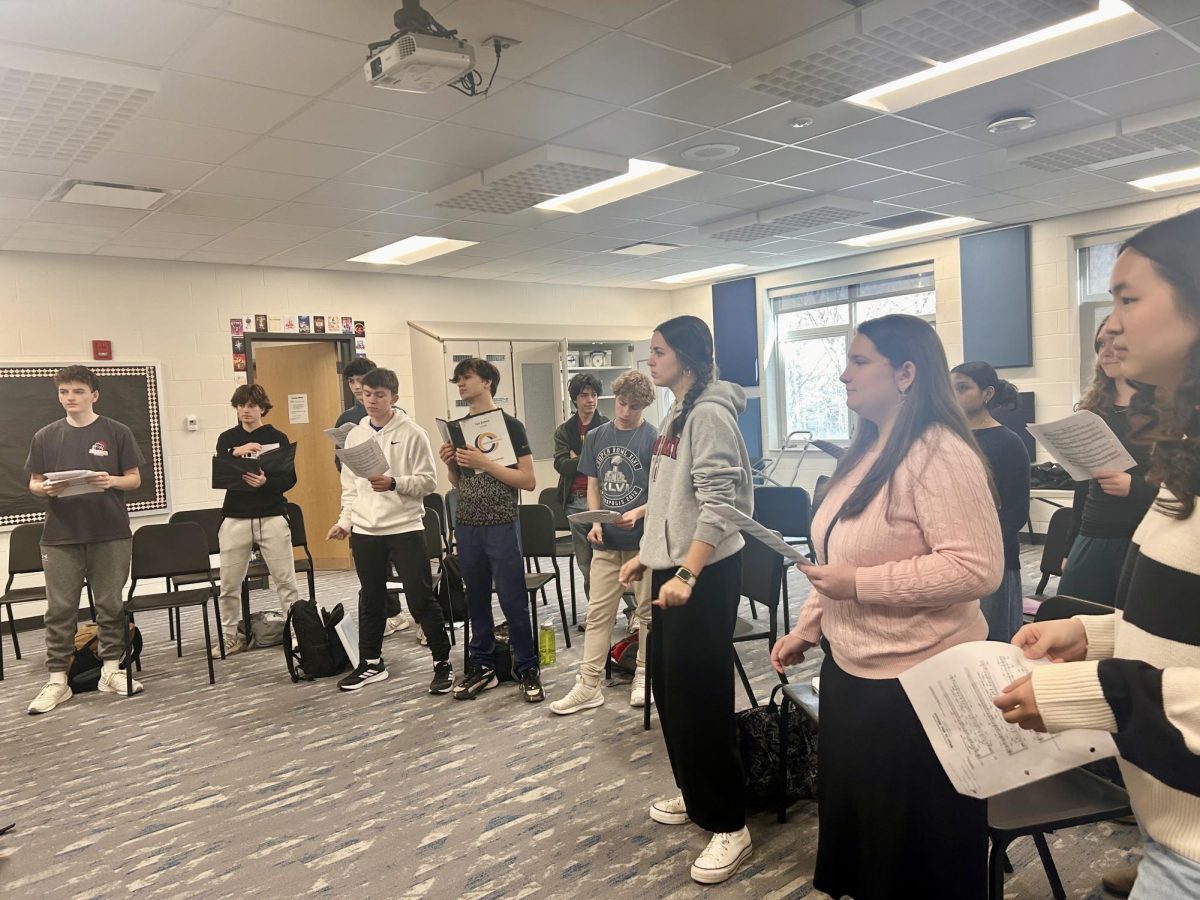

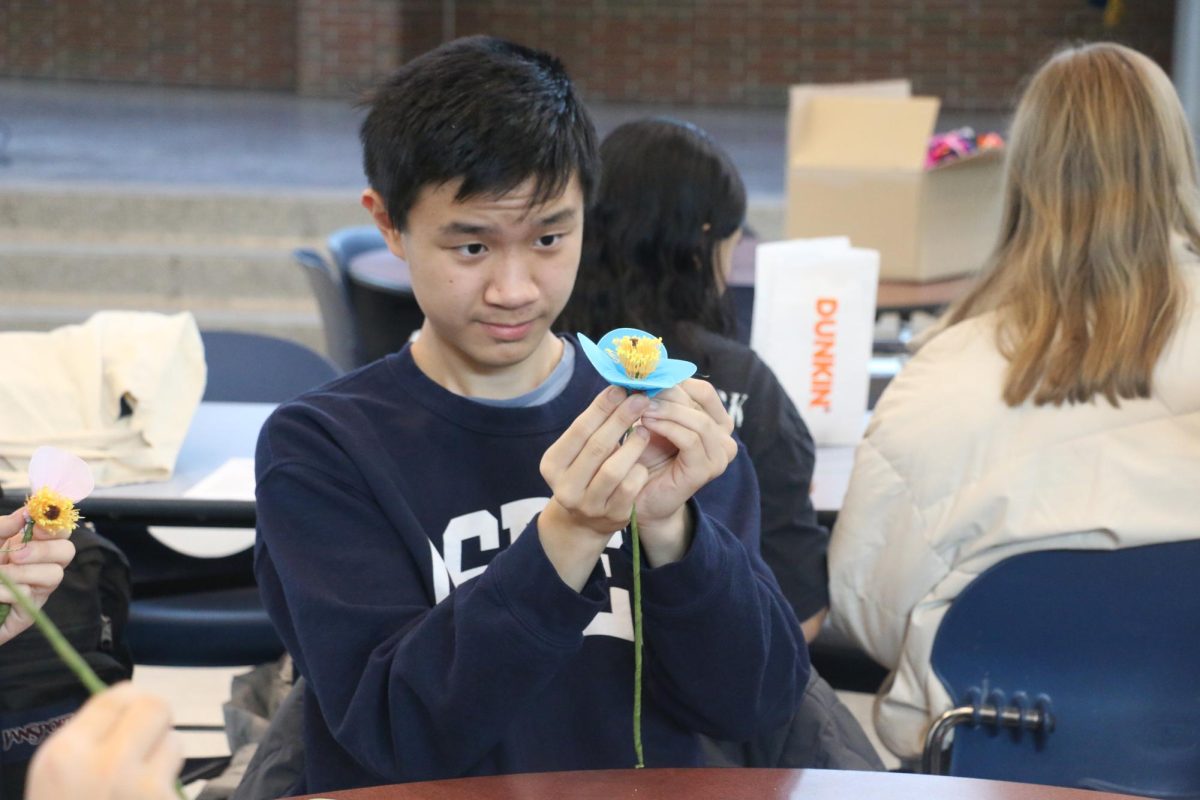

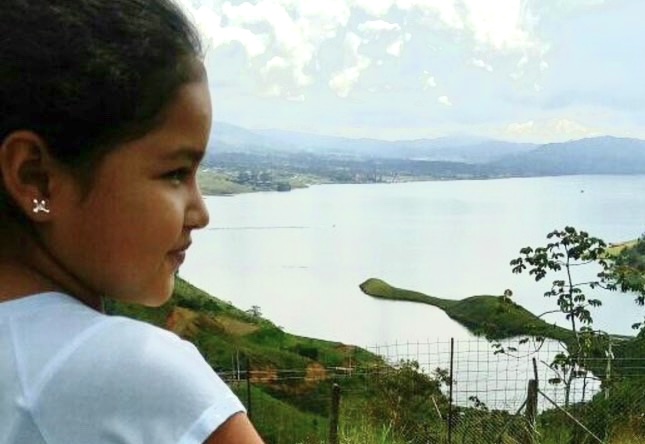
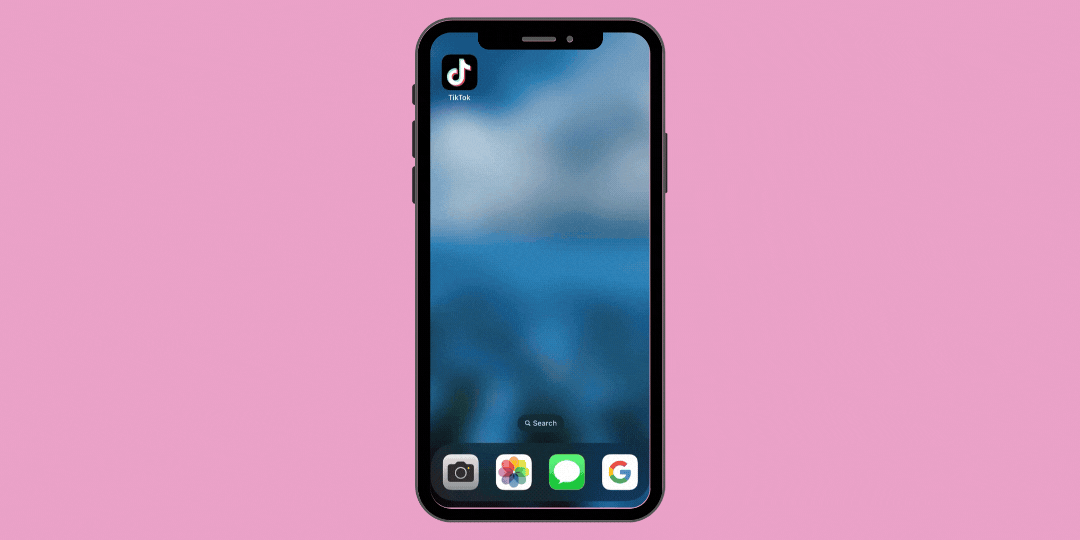
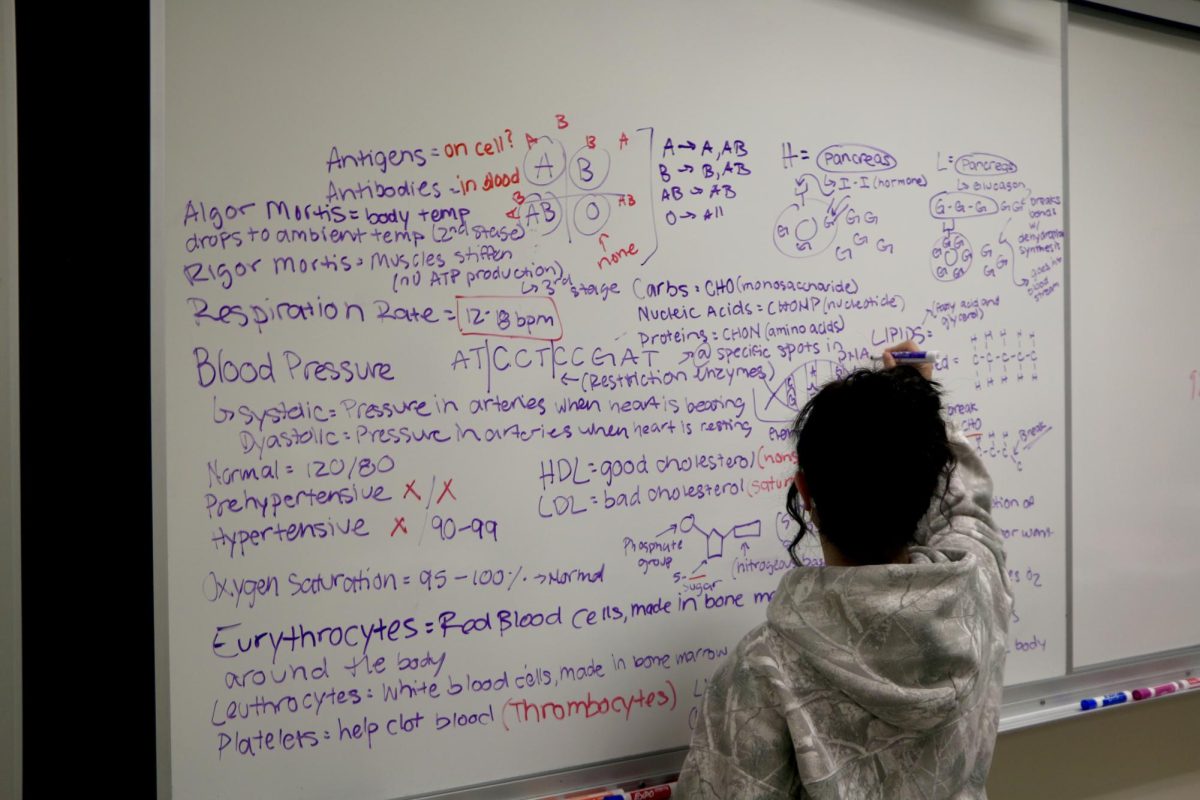
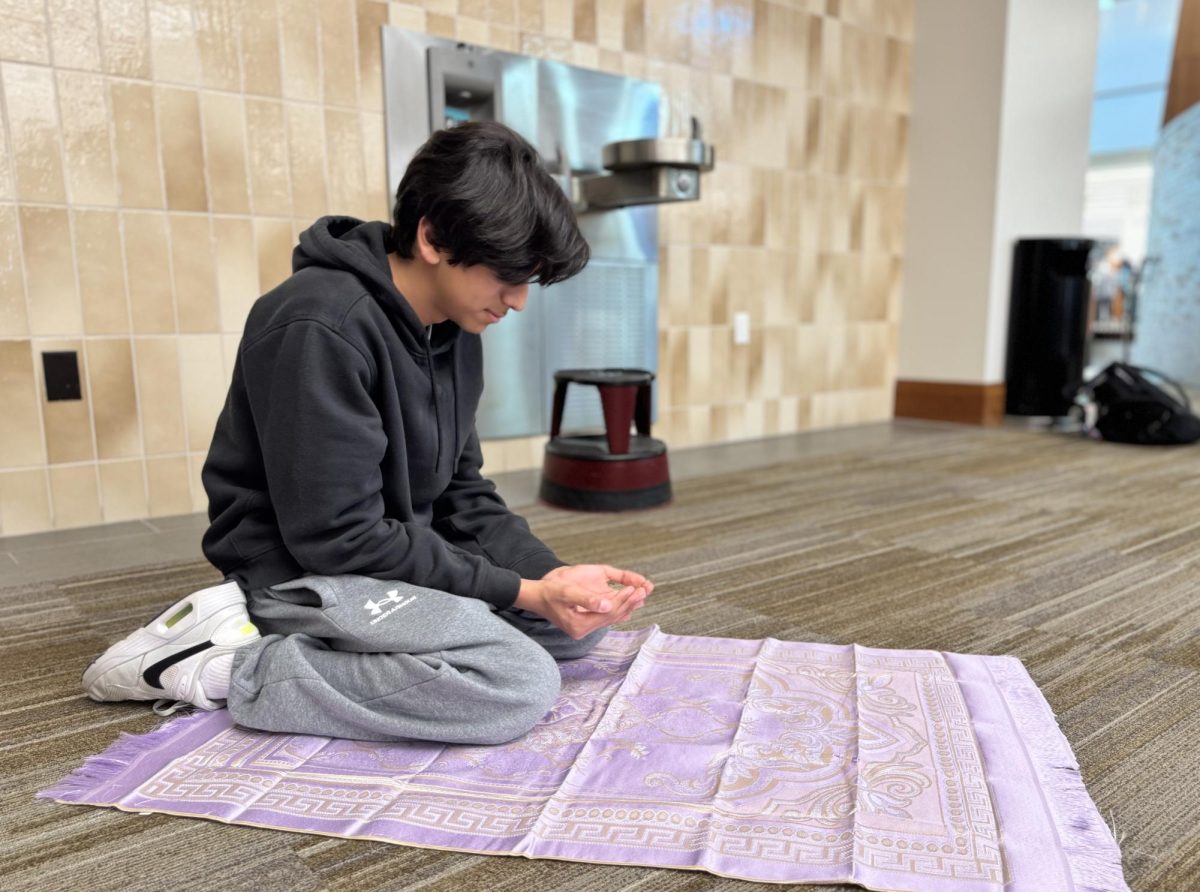



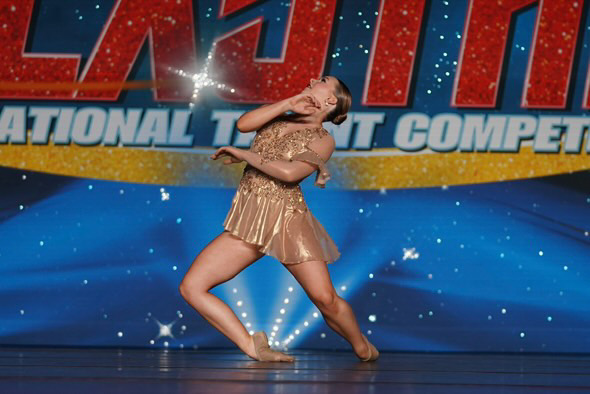

![AI in films like "The Brutalist" is convenient, but shouldn’t take priority [opinion]](https://hilite.org/wp-content/uploads/2025/02/catherine-cover-1200x471.jpg)





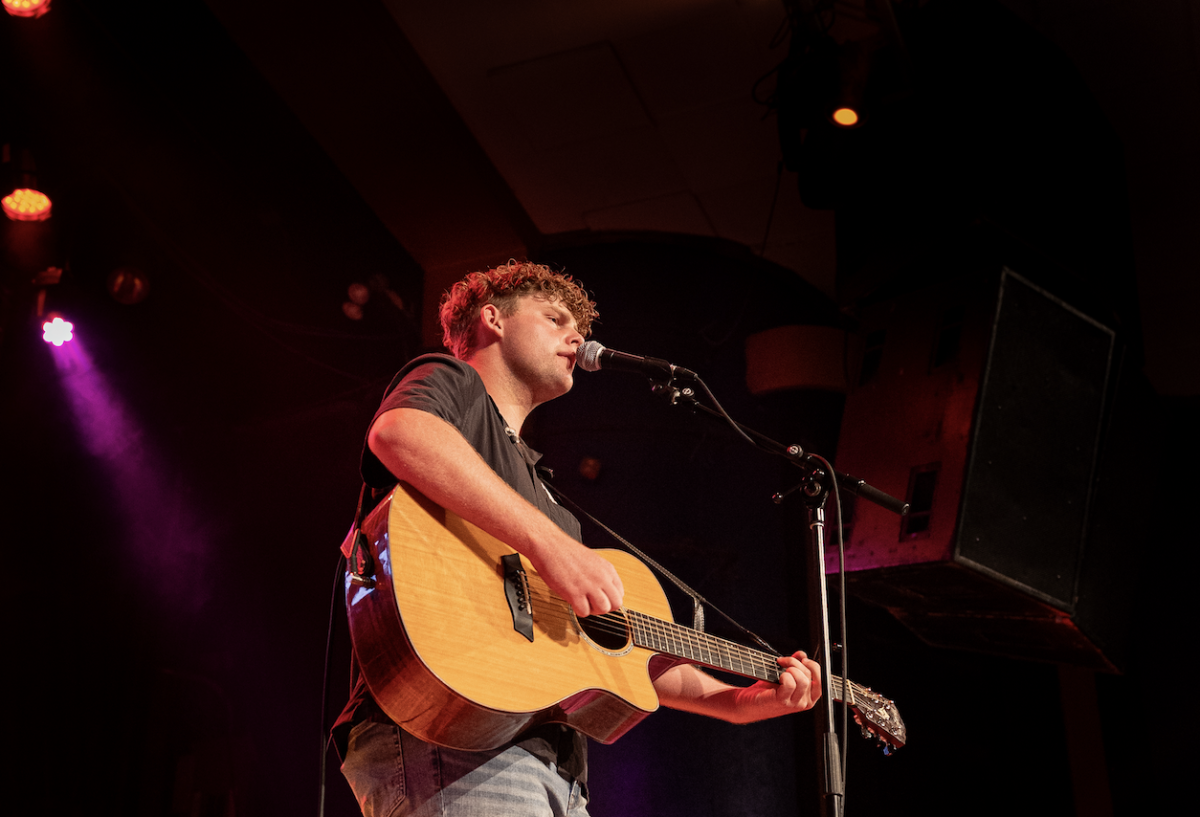








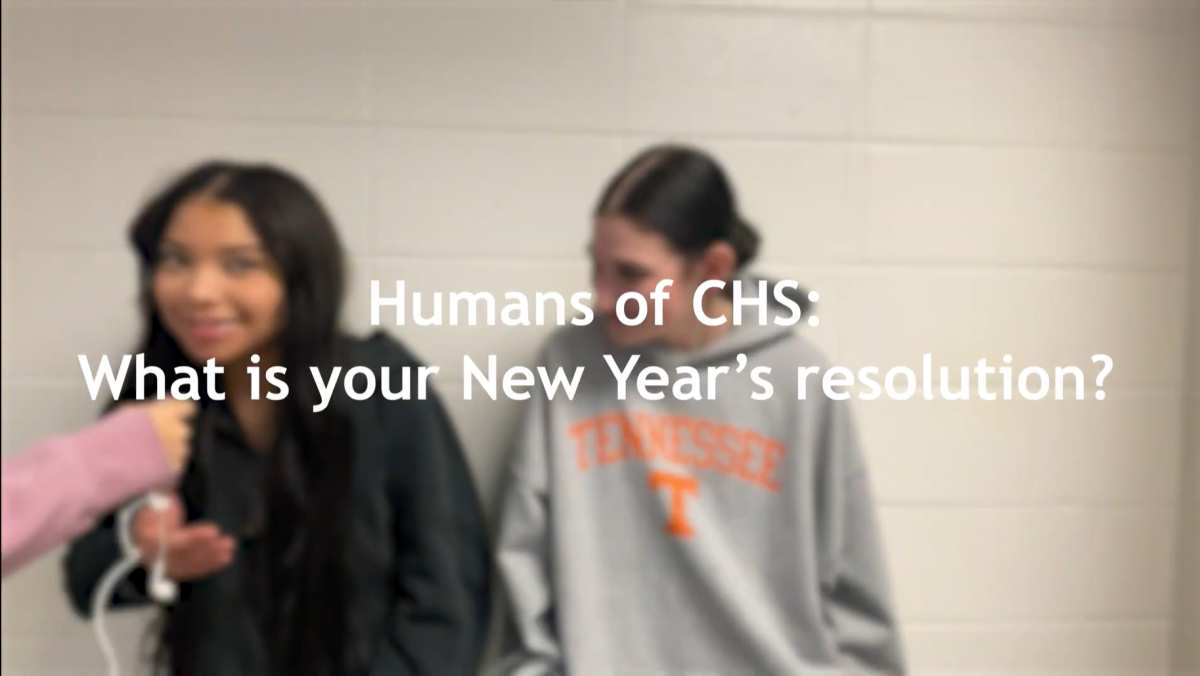






























![Review: “The Immortal Soul Salvage Yard:” A criminally underrated poetry collection [MUSE]](https://hilite.org/wp-content/uploads/2025/03/71cju6TvqmL._AC_UF10001000_QL80_.jpg)
![Review: "Dog Man" is Unapologetically Chaotic [MUSE]](https://hilite.org/wp-content/uploads/2025/03/dogman-1200x700.jpg)
![Review: "Ne Zha 2": The WeChat family reunion I didn’t know I needed [MUSE]](https://hilite.org/wp-content/uploads/2025/03/unnamed-4.png)
![Review in Print: Maripaz Villar brings a delightfully unique style to the world of WEBTOON [MUSE]](https://hilite.org/wp-content/uploads/2023/12/maripazcover-1200x960.jpg)
![Review: “The Sword of Kaigen” is a masterpiece [MUSE]](https://hilite.org/wp-content/uploads/2023/11/Screenshot-2023-11-26-201051.png)
![Review: Gateron Oil Kings, great linear switches, okay price [MUSE]](https://hilite.org/wp-content/uploads/2023/11/Screenshot-2023-11-26-200553.png)
![Review: “A Haunting in Venice” is a significant improvement from other Agatha Christie adaptations [MUSE]](https://hilite.org/wp-content/uploads/2023/11/e7ee2938a6d422669771bce6d8088521.jpg)
![Review: A Thanksgiving story from elementary school, still just as interesting [MUSE]](https://hilite.org/wp-content/uploads/2023/11/Screenshot-2023-11-26-195514-987x1200.png)
![Review: "When I Fly Towards You", cute, uplifting youth drama [MUSE]](https://hilite.org/wp-content/uploads/2023/09/When-I-Fly-Towards-You-Chinese-drama.png)
![Postcards from Muse: Hawaii Travel Diary [MUSE]](https://hilite.org/wp-content/uploads/2023/09/My-project-1-1200x1200.jpg)
![Review: "Ladybug & Cat Noir: The Movie," departure from original show [MUSE]](https://hilite.org/wp-content/uploads/2023/09/Ladybug__Cat_Noir_-_The_Movie_poster.jpg)
![Review in Print: "Hidden Love" is the cute, uplifting drama everyone needs [MUSE]](https://hilite.org/wp-content/uploads/2023/09/hiddenlovecover-e1693597208225-1030x1200.png)
![Review in Print: "Heartstopper" is the heartwarming queer romance we all need [MUSE]](https://hilite.org/wp-content/uploads/2023/08/museheartstoppercover-1200x654.png)


